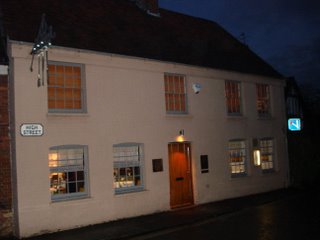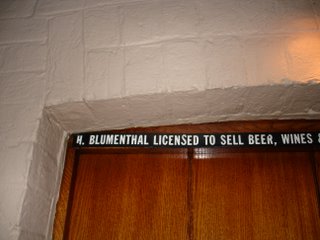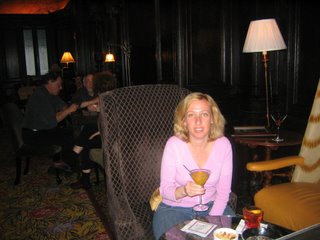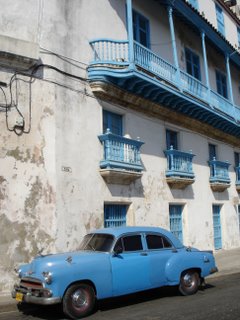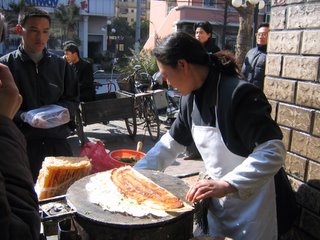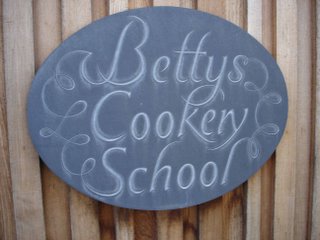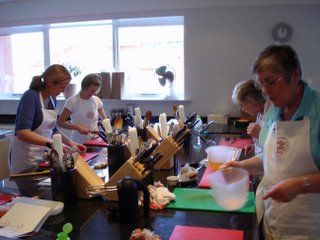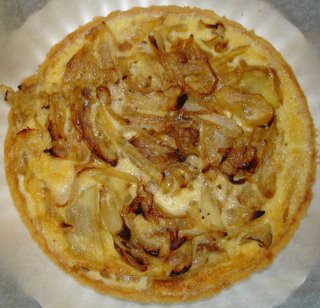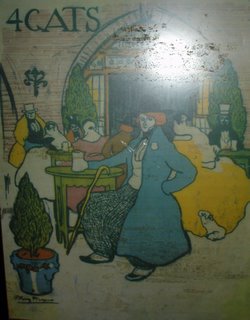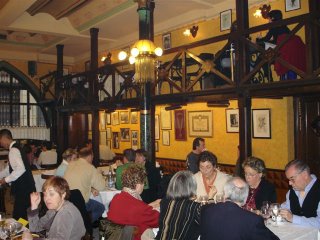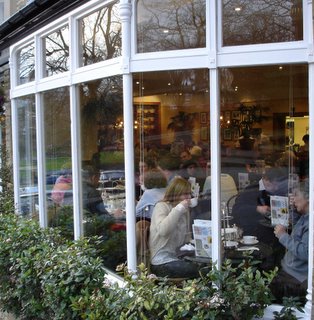The Rui Jin hotel and garden complex comprises of a number of buildings dating back to Shanghai's previous heyday of the 1920s and now encountering a resurgence in the 21st century boom the city is now experiencing.
The two original buildings of the four located on the estate, which also houses three gardens and a small lake, were built in the 1920s by a British man, Henry Lester 'Mohawk' Morris. The other two buildings on the estate were completed in the 1930s. Morris was the founder of the North China Daily News, a horse and greyhound breeder and leading figure on the local dog-racing circuit - he practically owned the 'canidrome' on Maoming Lu. Along with his two sons, Harry and Hayley, a German businessman and a Japanese ex-pat, Morris lived on the estate for many years.
Mohawk Morris remained on the estate until his death in 1952 but prior to this most of the buildings were taken over by various political factions. During the Japanese occupation, part of the estate was used by the Mitsui Trading Company and the Mitsui Garden was established. In 1945, the Kuo Ming Tang used the property as their headquarters and Madame Song Mei Ling, Chiang Kai Shek's wife, once stayed here. The Communist Party moved in in 1949 and the buildings were used by a number of Party officers including Shanghai's first mayor, Mr Chen Yi. In 1956, the estate became a regional government hotel and many of China's leaders, as well of heads of state from around the world, stayed here. The guesthouse was opened to the public in 1979.
Now, as well as containing the Rui Jin Guesthouse, part of the complex is occupied
 by restaurants and bars. Most notably, the Face Bar, which is housed in a large, red-bricked villa. The Face Bar is part of a chain of Asian 'caravanerseri' bars and provides a relaxing environment filled with rich colours and Chinese artifacts, including a number of traditional raised beds. The bar caters for the Shanghai elite and as well as an assortment of drinks serves divine desserts, which can also be found at the Visage cafe in the Xintiandi complex a few blocks away.
by restaurants and bars. Most notably, the Face Bar, which is housed in a large, red-bricked villa. The Face Bar is part of a chain of Asian 'caravanerseri' bars and provides a relaxing environment filled with rich colours and Chinese artifacts, including a number of traditional raised beds. The bar caters for the Shanghai elite and as well as an assortment of drinks serves divine desserts, which can also be found at the Visage cafe in the Xintiandi complex a few blocks away.
Also housed in the same building as the Face Bar is the Lan Na Thai restaurant. Lan Na Thai means 'many rice fields' and is the name of a region in northern Thailand. The food is delicate and authentic with prices of approximately 100-100RMB for a main course. Just next door, in what appears to be a converted garage, is the Indian restaurant, Hazara, named after an Afghan tribe and region. The food comprises of traditional snacks, curries, tandoori and handi-cooked specialities. All are deliciously spiced with complementary flavours. A meal for two with beers
 is in the region of 600RMB so not cheap for China but worth the splurge if you have a big wallet. The style of cuisine served emanates from northern India and is served in a beautifully decorated dining room full of original Indian-crafted items. The bonus of all these restaurants being housed in the one complex is that you can finish off the evening with coffee and an aperitif in the beautiful grounds under the trees lit with romantic lanterns and feeling a million miles away from the hustle and bustle of China's second city.
is in the region of 600RMB so not cheap for China but worth the splurge if you have a big wallet. The style of cuisine served emanates from northern India and is served in a beautifully decorated dining room full of original Indian-crafted items. The bonus of all these restaurants being housed in the one complex is that you can finish off the evening with coffee and an aperitif in the beautiful grounds under the trees lit with romantic lanterns and feeling a million miles away from the hustle and bustle of China's second city.http://www.facebars.com/en/shanghai/restaurant/
 The Bund in Shanghai is a one mile stretch of the western side of the Huangpu River and has been witness to much of the city's turbulant history. The word 'Bund' is thought to originally come from the Urdu word 'band', meaning an embankment, levee or dam, and to have been brought to Shanghai by the hotelier, Victor Sassoon, who built the Cathay Hotel (now called The Peace Hotel) on the corner of The Bund and Nanjing Road. Originally a tow path along the river, the Chinese authorities required 30 feet of space to be left between the water's edge and any buildings constructed along The Bund in order to allow movement up and down the path and account for tidal variation.
The Bund in Shanghai is a one mile stretch of the western side of the Huangpu River and has been witness to much of the city's turbulant history. The word 'Bund' is thought to originally come from the Urdu word 'band', meaning an embankment, levee or dam, and to have been brought to Shanghai by the hotelier, Victor Sassoon, who built the Cathay Hotel (now called The Peace Hotel) on the corner of The Bund and Nanjing Road. Originally a tow path along the river, the Chinese authorities required 30 feet of space to be left between the water's edge and any buildings constructed along The Bund in order to allow movement up and down the path and account for tidal variation.


